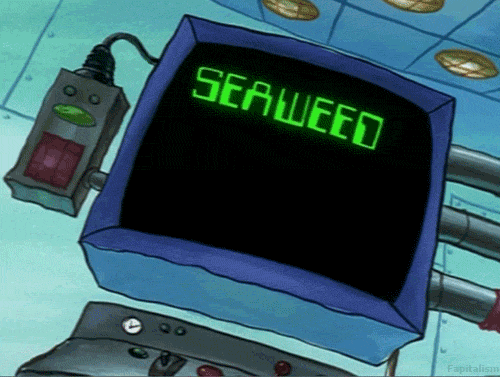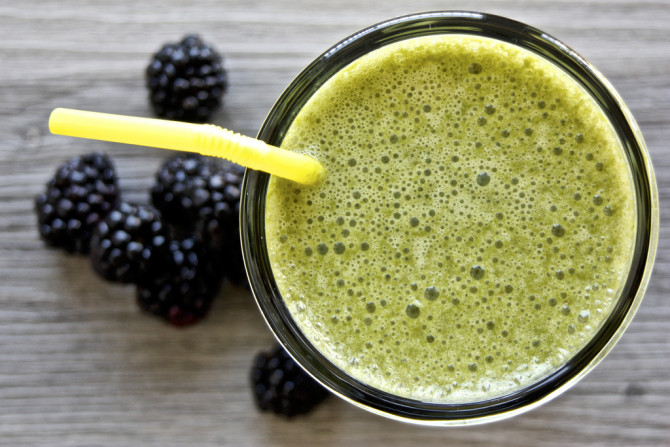Popularity for and availability of plant-based protein have been on the rise for both health and environmental reasons. While the list of vegan protein sources is already pretty extensive, the humble algae is about to become a powerful contender for kale’s reign as supergreen king. It may surprise you that algae is chock full of essential vitamins like A, B12, K, iron and antioxidants in addition to protein.
What is algae?

Gif courtesy of tumblr.com
Algae includes photosynthetic and aquatic organisms that lack stems, roots, and leaves. There are two general categories of algae: macroalgae and microalgae. Macroalgae are better known as seaweeds (e.g. dulse and kelp). Microalgae are single-celled organisms, some of which have the potential to act as biofuel.
What can I do with algae?

Photo by Christin Urso
You’ve probably eaten microalgae in the form of spirulina or chlorella. These types of microalgae are most often used in food products like green smoothies or sold as powders and protein powders as nutritional supplements.
Once you’ve gotten your mittens on the powder form, you can channel your inner healthnut and do all sorts of crazy shenanigans with it like making it rain over popcorn, grinding it in a smoothie, going to town on no-bake spirulina-and-hemp truffles or enjoying it as a raw energy bar. The added bonus about algae is that you don’t lose the protein after preparation, unlike soy.
Where can I find algae?
Solazyme is a San Francisco company known for its work with plant-based fuels. It’s currently working on a project to produce sustainable protein product used for baking, cooking and putting in green smoothies, marketed and sold as AlgaVia. Algae protein is also beginning to be found as an ingredient in common grocery store items, like coffee creamers and chocolate.
With Solazyme’s fermentation technology, production of high-protein algae is much more environmentally friendly than raising other crops or animals. Unlike soy plants, the production of microalgae uses less soil and uses fertilizer more efficiently. So let’s give another round of applause to algae for being a green-friendly supergreen.
However, there are still concerns with the amount of water required for algae mass-production. Solutions? Methods such as a re-circulating closed-system cultivation are currently underway. Scientists are looking into them right now so that the super cool supergreen algae protein can become fetch.

Gif courtesy of tumblr.com




